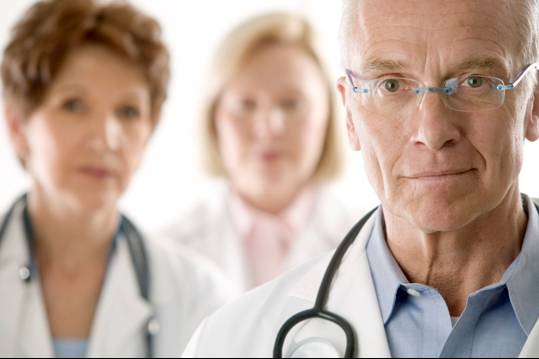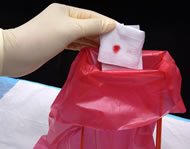 Staphylococcus aureus, often referred to simply as “staph,” is a type of bacteria commonly carried on the skin or in the nose of healthy people. Sometimes, staph can cause an infection. Staph bacteria are one of the most common causes of skin infections in the United States. Most of these skin infections are minor such as pustules and boils and can be treated without antibiotics. However, staph bacteria also can cause serious infections such as surgical wound infections, bloodstream infections, and pneumonia.
Staphylococcus aureus, often referred to simply as “staph,” is a type of bacteria commonly carried on the skin or in the nose of healthy people. Sometimes, staph can cause an infection. Staph bacteria are one of the most common causes of skin infections in the United States. Most of these skin infections are minor such as pustules and boils and can be treated without antibiotics. However, staph bacteria also can cause serious infections such as surgical wound infections, bloodstream infections, and pneumonia.
via CDC – MRSA and the Workplace – NIOSH Workplace Safety and Health Topic.









